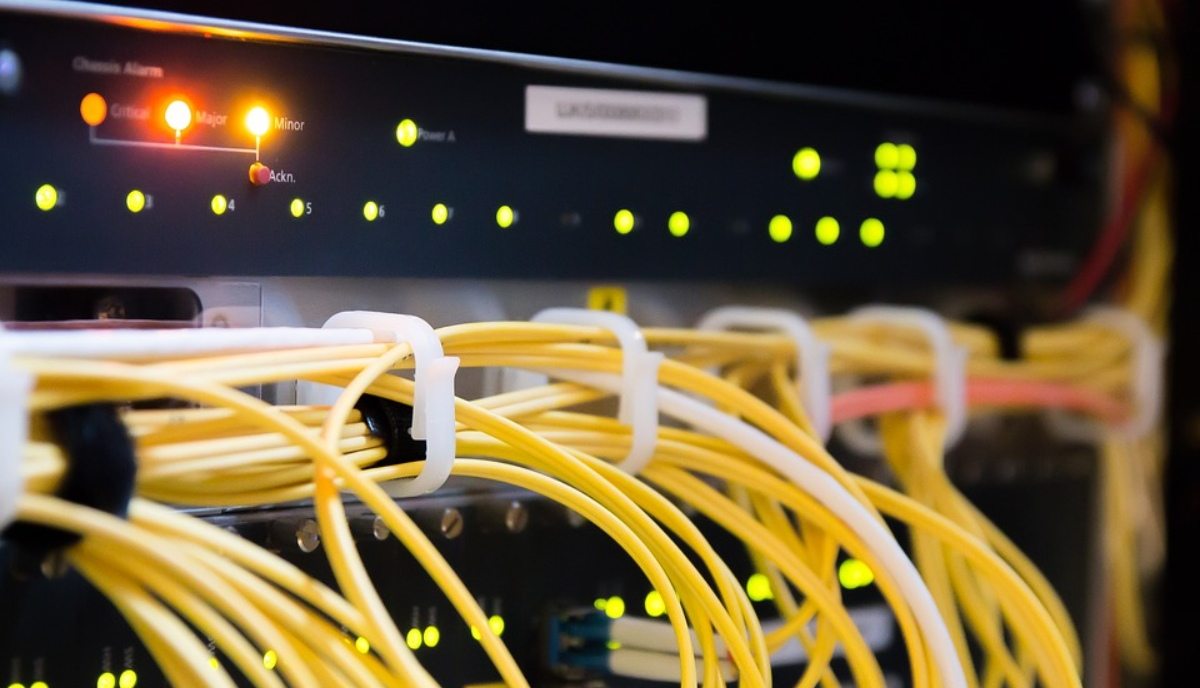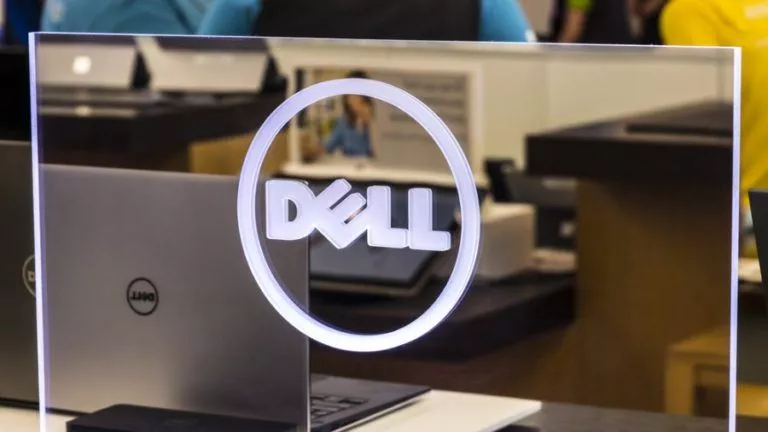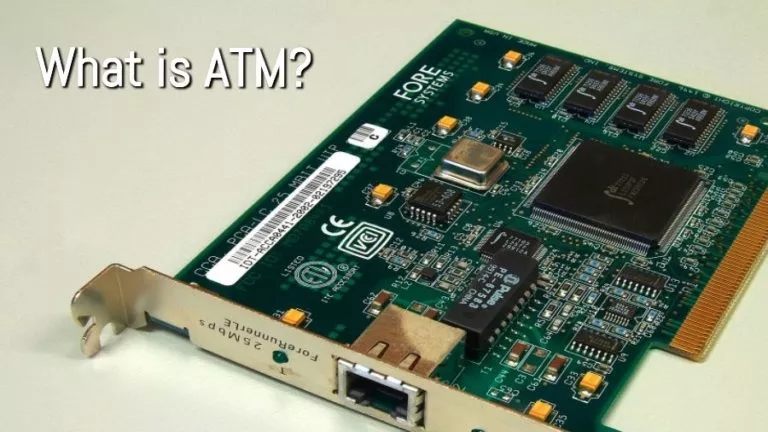DARPA Is Aiming For 100 Times Faster Network Speed With FastNIC

Computing performance is moving at an excessive speed. Previously, we looked at microprocessors based on carbon nanotubes which will keep Moore’s law intact for many more years to come.
However, there isn’t enough innovation being seen in the network segment. But it appears like DARPA wants to change that with their FastNIC program.
In a blog post, DARPA announced to make a new network interface that will be 100 times faster than the standard one.
According to the agency, network interface which is used to connect a system to a network, such as Ethernet, are the “true bottleneck for processor throughput.”
Talking about network interface, DARPA is mainly talking about network interface card (NIC) which helps in connecting multiple computers on a LAN. In a computer, NIC is a hardware component that acts as a middleman between a computer and a data network; accepting data from the network and passing it to computers.
As DARPA notes, the main problem in the currently used NIC is the low speed of sharing information between computer units. Given how fast supercomputer can be, the network interface is actually throttling the maximum output, which can be achieved high performing computers.
“Today, network throughput on state-of-the-art technology is about 1014 bits per second (bps), and data is processed in aggregate at about 1014 bps. Current stacks deliver only about 1010 to 1011 bps application throughputs,” said Dr. Jonathan Smith, program manager in DARPA’s Information Innovation Office.
With FastNIC, DARPA is planning to overhaul the entire network interface, including the application layer and the whole hardware. The plan is to deliver 10 Tbps network speed, thus accelerating the application performance by 100x.
For now, there is no fixed timeline on a new NIC. However, the good news is the software libraries created by FastNIC will be open-source. So, if the DARPA FastNIC sees the light of the day, it has the potential to become the new standard.
Also Read: A New “Free VPN Service” Is In Town: Here’s How To Enable It






